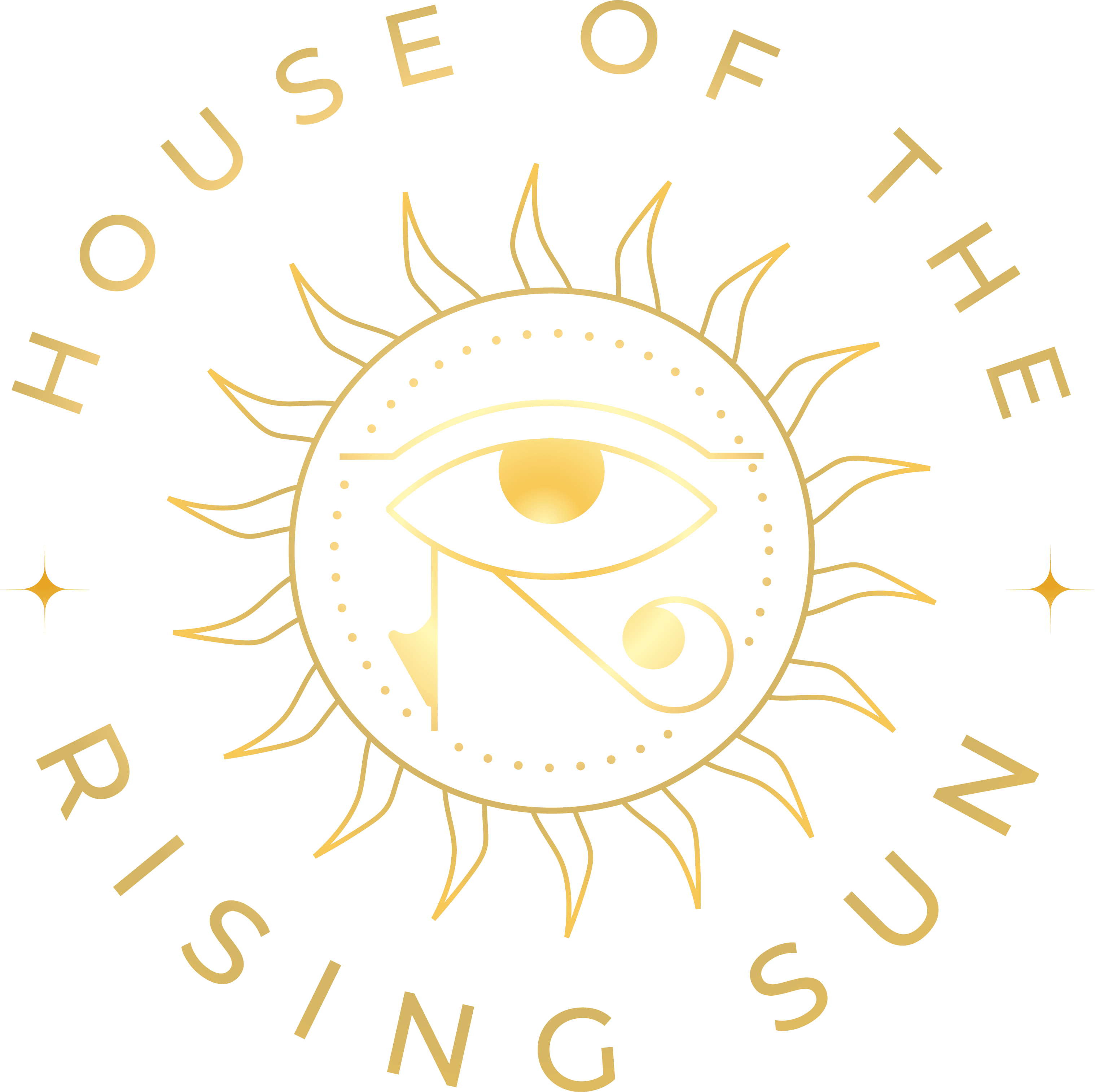The New Age Movement

Lucious Lyran: July 1, 2022
The vast majority of American adults identify as Christians. Many Christians, however, hold what are sometimes referred to as "New Age" beliefs, such as belief in reincarnation, astrology, psychics, and the presence of spiritual energy in physical objects such as mountains or trees. Many Americans who are religiously unaffiliated hold these beliefs as well. In total, roughly six out of ten American adults believe in at least one of these New Age beliefs. Four-in-ten people believe in psychics and that spiritual energy can be found in physical objects, while slightly smaller percentages believe in reincarnation and astrology. In the 1970s and 1980s, the New Age movement spread through the occult and metaphysical religious communities. It anticipated a "New Age" of love and light and provided a taste of what was to come through personal transformation and healing. The term "New Age" refers to a set of spiritual or religious practices and beliefs that grew rapidly in the Western world during the 1970s. Precise scholarly definitions of the New Age vary in their emphasis, owing to its highly eclectic structure. Although it is often considered religious, those involved in it prefer the terms spiritual or Mind, Body, Spirit and rarely use the term New Age themselves. Many academics refer to it as the New Age movement, but others argue that it is more accurately described as a milieu or zeitgeist. The New Age, as a form of Western esotericism, drew heavily on a number of older esoteric traditions, particularly those emerging from the occultist current that developed in the eighteenth and nineteenth centuries. Work by Emanuel Swedenborg and Franz Mesmer, as well as ideas from Spiritualism, New Thought, and Theosophy, are examples of prominent occultist influences. A number of mid-twentieth-century influences, including UFO religions in the 1950s, counterculture in the 1960s, and the Human Potential Movement, also had a significant impact on the early development of the New Age. The exact origins of the phenomenon are unknown, but it became a major movement in the 1970s, centered primarily in the United Kingdom. It expanded and grew significantly during the 1980s and 1990s, particularly in the United States. By the beginning of the twenty-first century, the term "New Age" was increasingly rejected within this milieu, with some scholars claiming that the New Age phenomenon had come to an end. Despite its highly eclectic nature, a number of common New Age beliefs have been identified. Theologically, the New Age typically believes in a holistic form of divinity that pervades the entire universe, including humans. As a result, there is a strong emphasis on one's own spiritual authority. This is accompanied by a widespread belief in a wide range of semi-divine non-human entities, such as angels and masters, with whom humans can communicate, most notably via channeling. A common New Age belief is that, whereas humanity once lived in an age of great technological advancement and spiritual wisdom, it has entered a period of spiritual degeneracy, which will be remedied by the establishment of a forthcoming Age of Aquarius, from which the milieu gets its name. There is also a strong emphasis on healing, particularly the use of alternative medicine, as well as the idea that spirituality and science can be unified. The New Age movement emphasizes the idea that the individual and their own spiritual experiences are the primary source of spiritual authority. It exemplifies "unmediated individualism" and reflects a "radically democratic" worldview. It emphasizes the individual's freedom and autonomy. This emphasis has resulted in ethical disagreements; some New Agers believe that helping others is beneficial, while others believe that doing so encourages dependency and conflicts with self-reliance. Nonetheless, there are differences in the role of authority figures outside of the self within the New Age. A common theme in New Age texts is the belief in the existence of a core or true Self. The concept of "personal growth" is also a highly valued goal held by those in the movement, also termed as “New Agers”. There also are gender, age and other demographic differences associated with New Age beliefs. For instance, just as women are more likely than men to identify with a religion and to engage in a number of religious practices, women also are more likely to hold New Age beliefs. Across all four measures – belief in psychics, reincarnation, astrology and that spiritual energy can be found in objects – larger shares of women than men subscribe to these beliefs. And overall, seven-in-ten women hold at least one New Age belief, compared to 55% of men. The movement's spiritual techniques, such as dynamic meditation, aimed to liberate the body's and emotions' repressed energies, but they also worked against critical self-reflection in the western tradition and "witnessing the mind" meditation techniques in the east. For closeted post-Christians, this was a form of liberation from below. We became more capable of joy while also becoming more selfish and disconnected from any community other than our own.
Find Self Love & Peace in Your Own Inner Power
Subscribe To Our Mailing List!
Become a subscriber for a chance to win a signed copy of "The Book of Remembrance"
